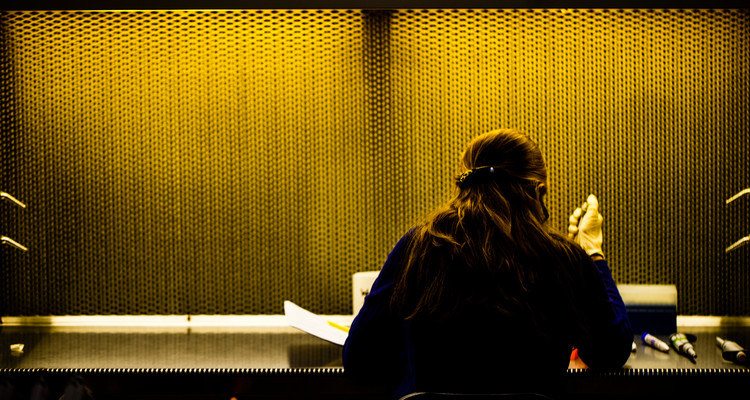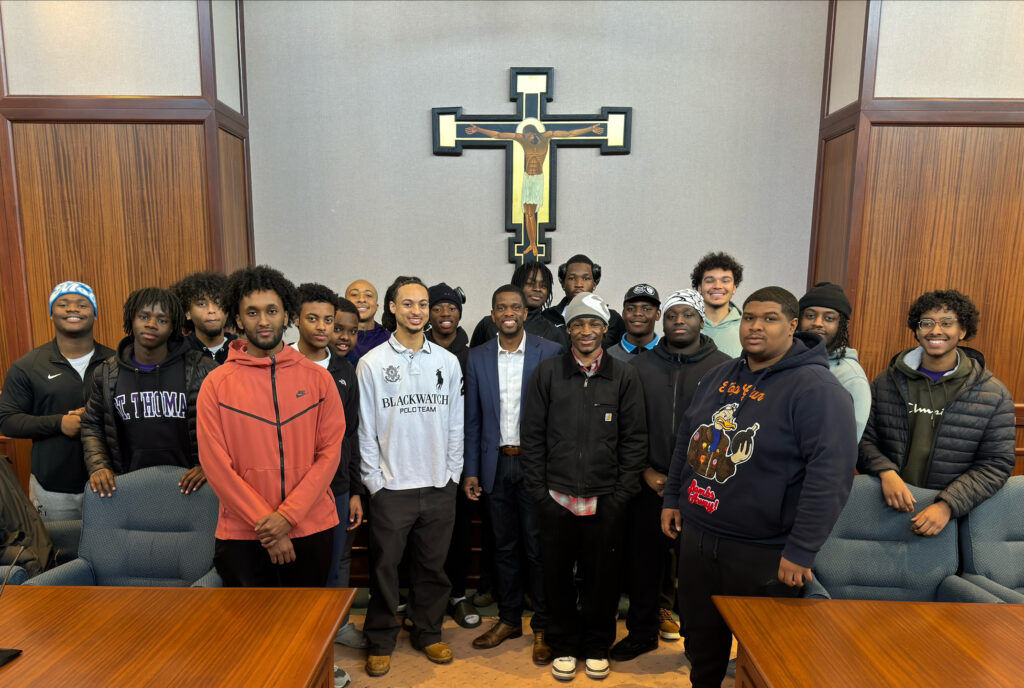Sophomore Mary Miley was initially a bit nervous about taking an online biology summer course. She knew there was a lab component in Biology 105, which meant she would be on her own in executing scientific experiments.
That turned out to be one of the best parts.
“I come from a large family so on occasion my parents or siblings would see me doing a lab experiment in the kitchen and ask if they could join me,” she said of taking class from her parents' home in Saint Paul. “I always felt a great sense of accomplishment after finishing a lab because doing the labs at home is much different than doing them at school, since you are pretty much on your own.”
Miley wasn’t alone in the feeling of accomplishment or family help: 48 students took Dalma Martinovic and Kurt Illig’s online summer biology course, which they designed together and taught as two separate sections. It was the first time for both of them teaching a fully online course with lab components, and both were pleased with how much students engaged with them, and each other, all summer. Martinovic said the course’s interdisciplinary nature and the tying of biology topics to real-life issues (ranging from socioeconomic impact on epigenetic markers to why humans live past reproductive age) helped keep students interested.
“Students want to talk about those things, want to learn. Once you can illustrate the effects of biology, and it’s a fairly complex process to understand … there’s tons of biology underlying the human story,” she said. “We put great care into teaching biology through interesting stories that students could engage with.”
The course was a months-long example of the kind of technological support available at St. Thomas to support hybrid (online and in-class) and online courses: Illig and Martinovic worked with staff at St. Thomas’ STELAR lab to develop both videos and written materials, as well as get assistance in developing an online curriculum versus an in-person one. Their two classes were among the 27 undergraduate online and hybrid courses offered this summer, the most ever at St. Thomas.
“We learned our main role is not necessarily to deliver, to be talking heads,” Martinovic said. “We are more like curators of the material.”
“This class in particular was greatly supported by videos, photos, discussion boards, web articles, and online case studies,” Miley added. “If it weren't for all of these helpful tools, I can say with certainty that my experience would not have been as smooth or fulfilling as it was.”
For Illig, fulfillment came as well in realizing how connected he could still be to his students, even though they never met face-to-face.
“The biggest surprise was that I felt like I got to know the students in the class through the discussions and the assignments,” he said. “When they’re asked to reflect on a reading, even if they know their peers won’t be reading it, they did a really nice job on reflecting about what they just read. You get that in a face-to-face class, but it was surprising to get that in as much depth in an online class.”
Illig will be teaching the class again in the fall and, aided by videos of him carrying out the labs, students will continue with the experiments- like burning a marshmallow to measure calorie energy- in kitchens all over.
For more information about biology at St. Thomas, visit the website.
For more information about STELAR and St. Thomas' ongoing support of e-learning, visit the STELAR website.







